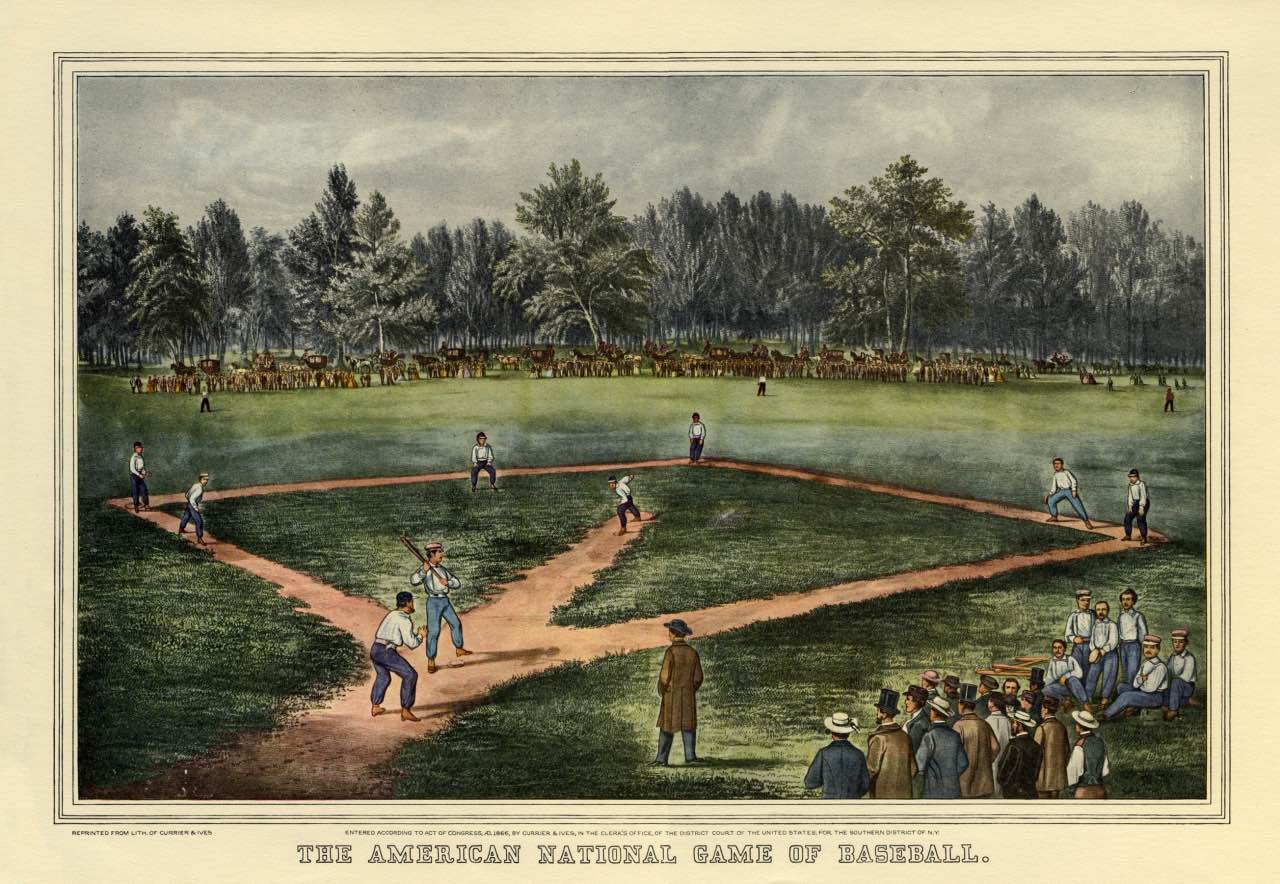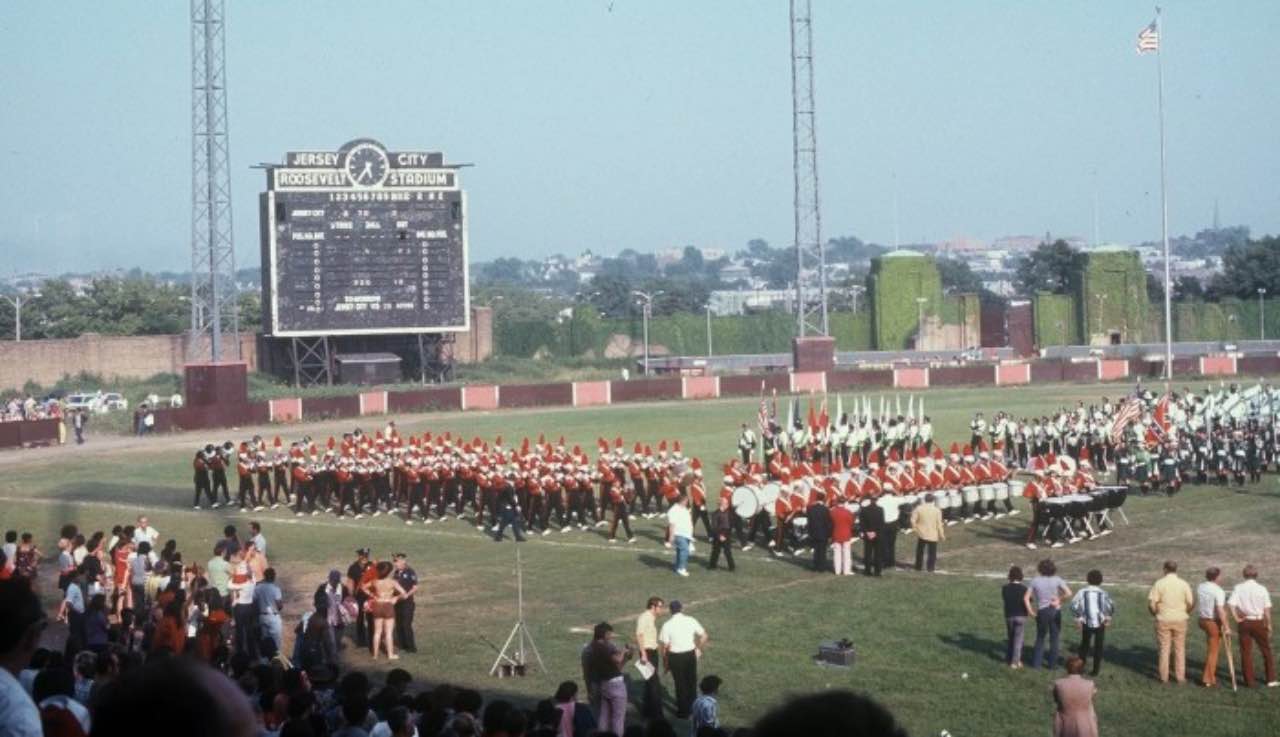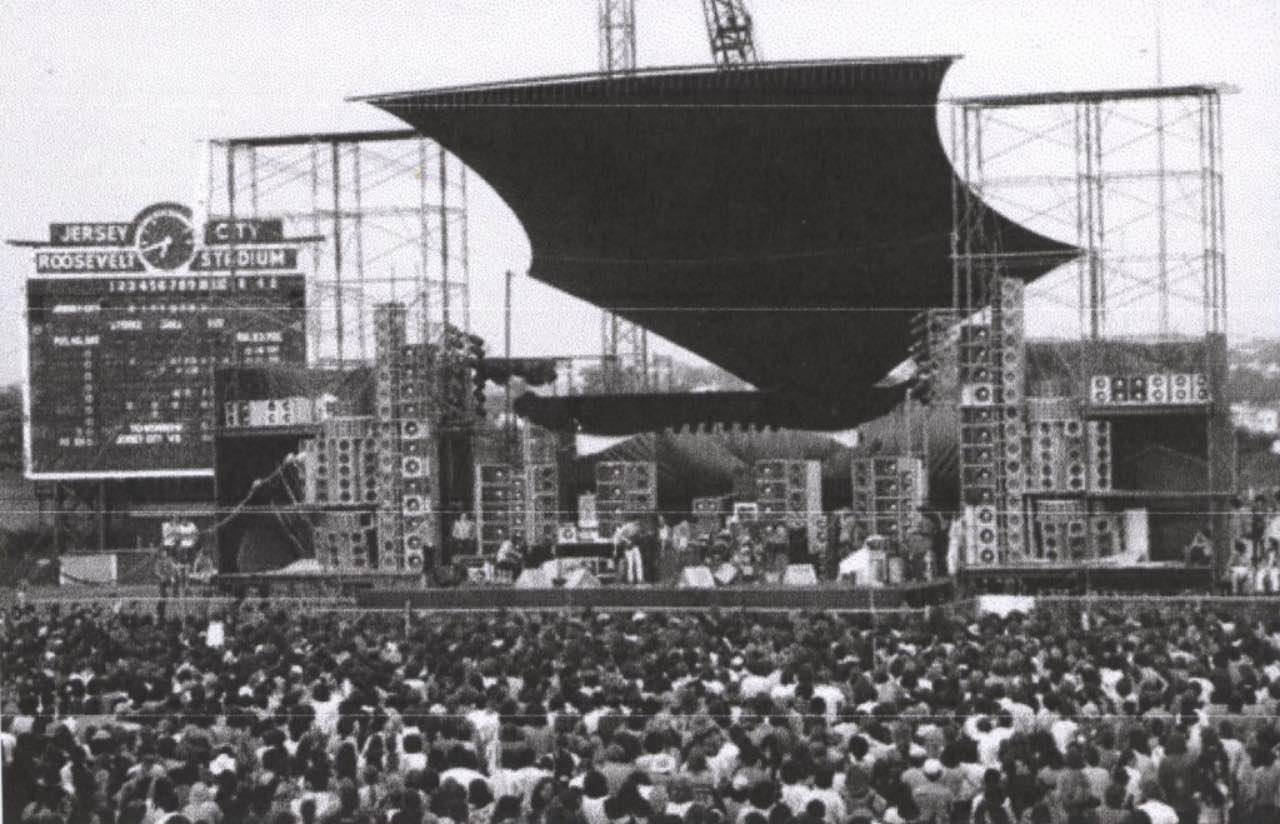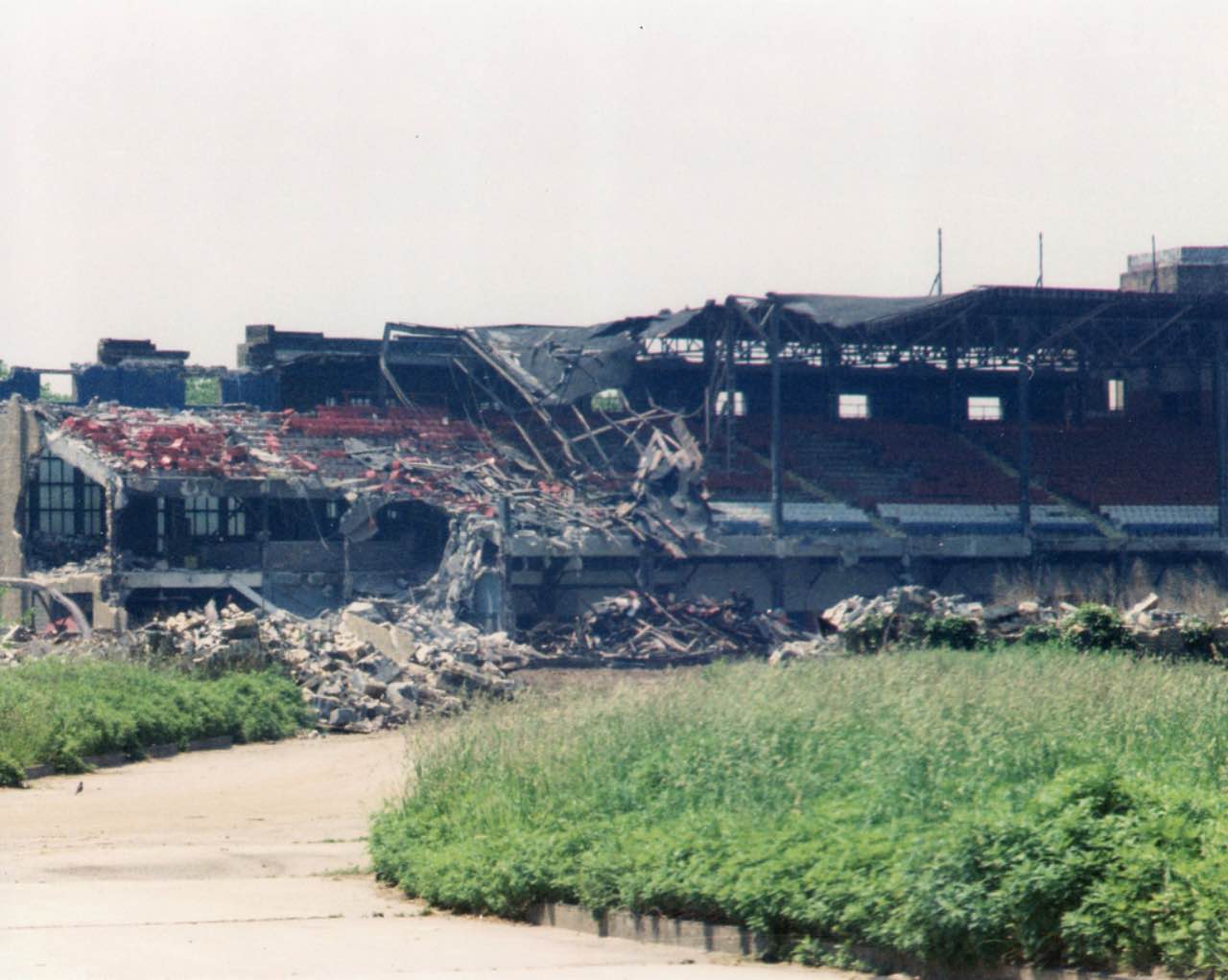
Several Major League Baseball stars have come out of New Jersey over the years, evidenced by last season’s awards. Millville’s Mike Trout and Morristown-born Rick Porcello won the American League’s Most Valuable Player and Cy Young awards respectively, but great players aren’t the only contribution the Garden State has made to America’s Pastime.
The game’s roots can be traced to the waterfront of Hoboken almost two centuries ago. Although popular myth dictated that baseball was invented by Abner Doubleday in Cooperstown where the Hall of Fame is located, that history was deemed incorrect during the 1990s. It was actually Alexander Cartwright who embarked on an effort to combine different sets of rules that were floating around various New York City baseball clubs during the mid-1800s.

Cartwright formed the Knickerbocker Baseball Club in 1845 and codified most of the game’s modern-day rules, including his creation of the three-out inning. He chose Elysian Fields in Hoboken as the team’s practice site, located generally at what is now the intersection of 11th and Washington Streets. On June 19th, 1846, the Knickerbockers played their inaugural game against the New York Nine, the first documented match between two different clubs under the new rules.
The last game at Elysian Fields was played in 1873, but Elysian Park, at 11th and Hudson Streets, remains open space to this day. In 2003, the Hoboken Industry and Business Association placed concrete and bronze monuments on the sidewalk along 11th and Washington Streets that include home plate, three bases, and a bronze plaque in the 11th Street median that trumpet the city’s baseball connection.


During the next century, Hoboken’s southern neighbor built Roosevelt Stadium at the intersection of Danforth Avenue and what is now Route 440. The property was earlier the site of the short-lived Jersey City Airport before planning for the eventual bayside stadium began in the late 1920s under Mayor Frank Hague.

The stadium, which opened in 1937 and held around 24,500 people, was designed by Christian H. Ziegler, who also worked on the former Jersey City Medical Center, now The Beacon apartment complex. Roosevelt Stadium was built under Franklin D. Roosevelt’s New Deal program as a Works Progress Administration project, and cost $1.5 million to construct at the time.
Designed in Art Deco style and covered in Terrazzo flooring, the bowl-shaped stadium was widely considered the finest minor-league venue of the era. It was the home of the Jersey City Giants baseball team from 1937 until 1962. Their most significant game took place on April 18th, 1946, when the Giants hosted their season opener against the Montreal Royals, who had a player on their roster named Jackie Robinson.
Robinson later famously broke Major League Baseball’s color barrier by becoming the first African-American to suit up for the Brooklyn Dodgers in April of 1947. Both his historic minor and major league debuts were honored locally in 1998, when the Jackie Robinson Foundation dedicated a twelve-foot bronze statue of the ballplayer at the Journal Square PATH station. It still stands with a plaque sporting the Robinson quote “a life is not important except in the impact it has on other lives.”

Other significant sporting events at Roosevelt Stadium include a boxing match where Sugar Ray Robinson defended his welterweight crown in 1950, 15 home games of the Brooklyn Dodgers during their last two seasons, and the New York Giants football training camp. After sports died down, the stadium reinvented itself into a popular concert venue in the 1970s, with acts like The Grateful Dead, Allman Brothers Band, Eric Clapton, and Crosby, Stills, Nash and Young all playing gigs there.

But despite that success, a 30-foot light tower fell off the roof of the stadium in 1978, weakening the building’s integrity and leading to its eventual demolition in 1985. Today, a strip mall dubbed Stadium Plaza occupies the site along with Society Hill, a gated residential development. A plaque was placed in the latter’s gazebo in 1996 to commemorate the 50th anniversary of the opening game at Roosevelt Stadium.
